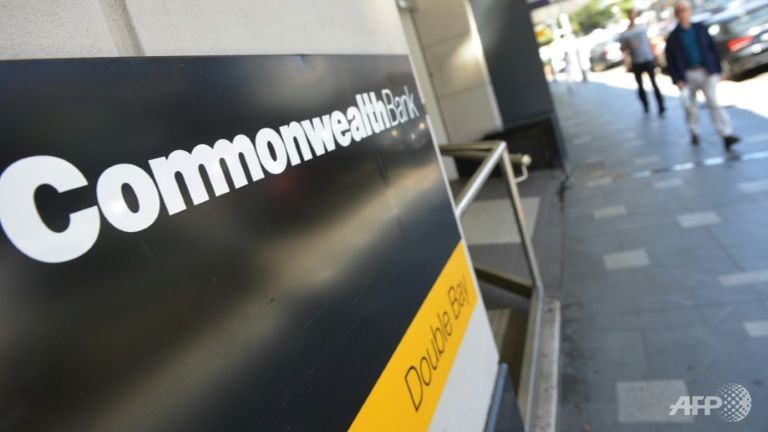-
Tips for becoming a good boxer - November 6, 2020
-
7 expert tips for making your hens night a memorable one - November 6, 2020
-
5 reasons to host your Christmas party on a cruise boat - November 6, 2020
-
What to do when you’re charged with a crime - November 6, 2020
-
Should you get one or multiple dogs? Here’s all you need to know - November 3, 2020
-
A Guide: How to Build Your Very Own Magic Mirror - February 14, 2019
-
Our Top Inspirational Baseball Stars - November 24, 2018
-
Five Tech Tools That Will Help You Turn Your Blog into a Business - November 24, 2018
-
How to Indulge on Vacation without Expanding Your Waist - November 9, 2018
-
5 Strategies for Businesses to Appeal to Today’s Increasingly Mobile-Crazed Customers - November 9, 2018
Commonwealth Bank Profit Rises 3% to Record on Retail Earnings
In its overall results CommBank saw statutory net profit after tax (NPAT) up 2% to $9.2 billion for the full year, with operating performance increasing 6% to $14.2bn.
Advertisement
The country’s biggest bank on Wednesday reported a 3 per cent rise in earnings for the year to June, despite slower conditions in the second half of the financial year.
CBA said its impairment expense for bad loans rose 27 per cent on higher provisioning for resource, commodity and dairy exposures.
The bank will pay shareholders a fully franked final dividend of $2.22 per share.
Growth of around 3% in underlying profit is good news, although the fact cash profit missed forecasts by 1-2% may see the share price under pressure at the open.
Customer deposits jumped 8% or $40 billion to a total of $518 billion, or 66% of group funding, one of the highest levelsfor years.
Ian Narev says continuing demand for Australian resources, a vibrant construction sector in NSW and Victoria, and employment growth in key services sectors have underpinned real GDP growth and employment stability. “When combined with on-going global economic and political uncertainty this makes households and businesses cautious, and hesitant to respond to monetary stimulus”, he said in an ASX release accompanying the results.
Malcolm Turnbull last week said the banks ought to pass all RBA rate cuts in full to customers but, after they ignored him, he announced the chiefs of the major banks would be required to appear at a parliamentary committee annually to explain their actions on interest rates and other behaviour.
Net interest margin, a measure of lending profitability, fell to 2.07 per cent from 2.09 percent a year earlier.
The Labor party, which is pushing for a bank royal commission, is reportedly expected to focus on the Commonwealth Bank’s failure to ease credit card rates despite bumper profits.
In a statement to the market CommBank CEO Ian Narev pointed to customer satisfaction as the key metric it used to benchmark the execution of strategy, “because satisfied customers look to us to meet more of their needs”.
The bank previous year announced a plan to raise A$5 billion to meet the capital buffer requirements, which are part of a global effort to make the financial sector more resilient to shocks.
Advertisement
Financial institutions are also meeting new requirements to hold more reserves as a buffer against mortgages, and tougher regulations to dampen the housing market amid concerns the sector could overheat.





























